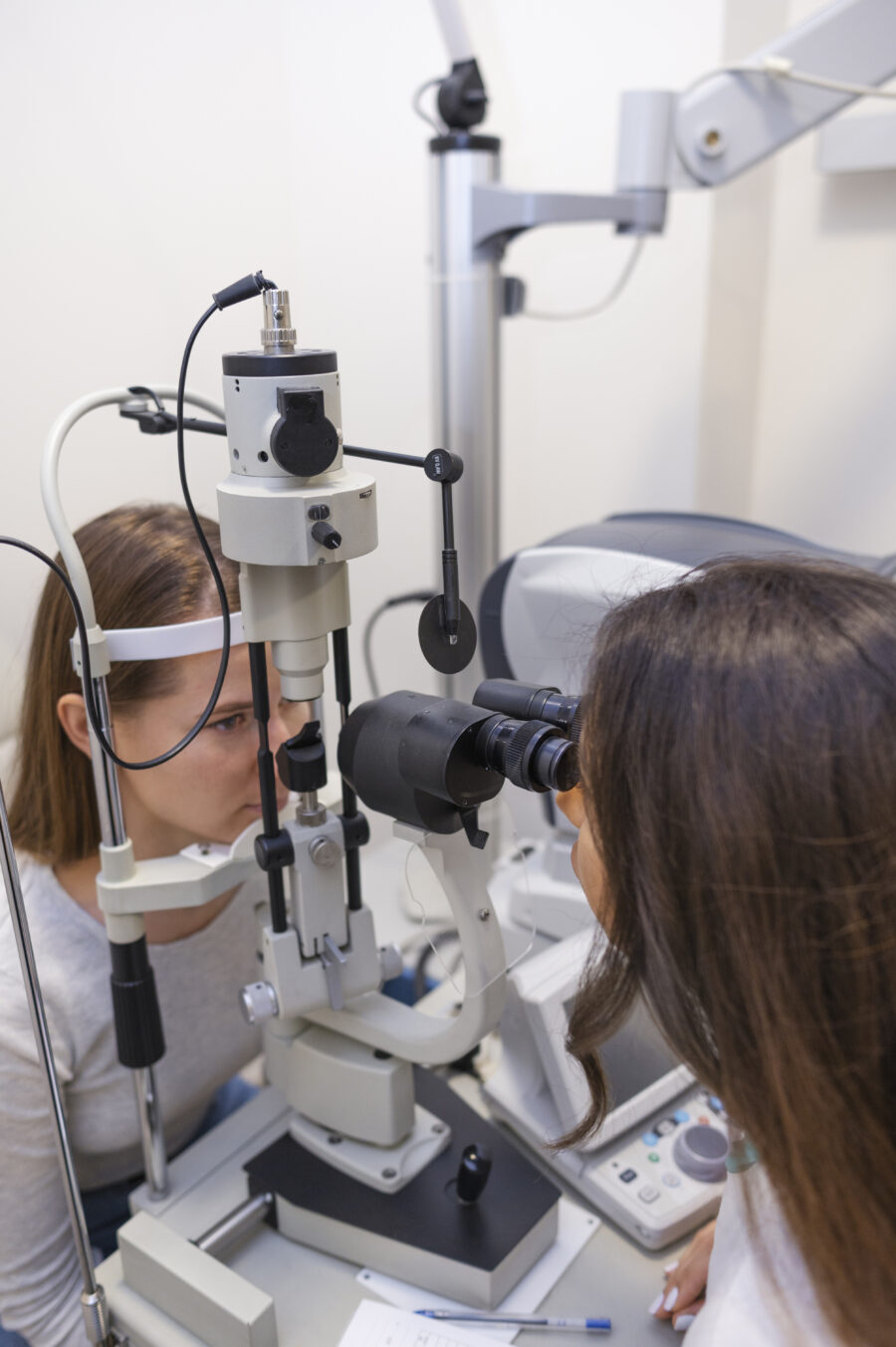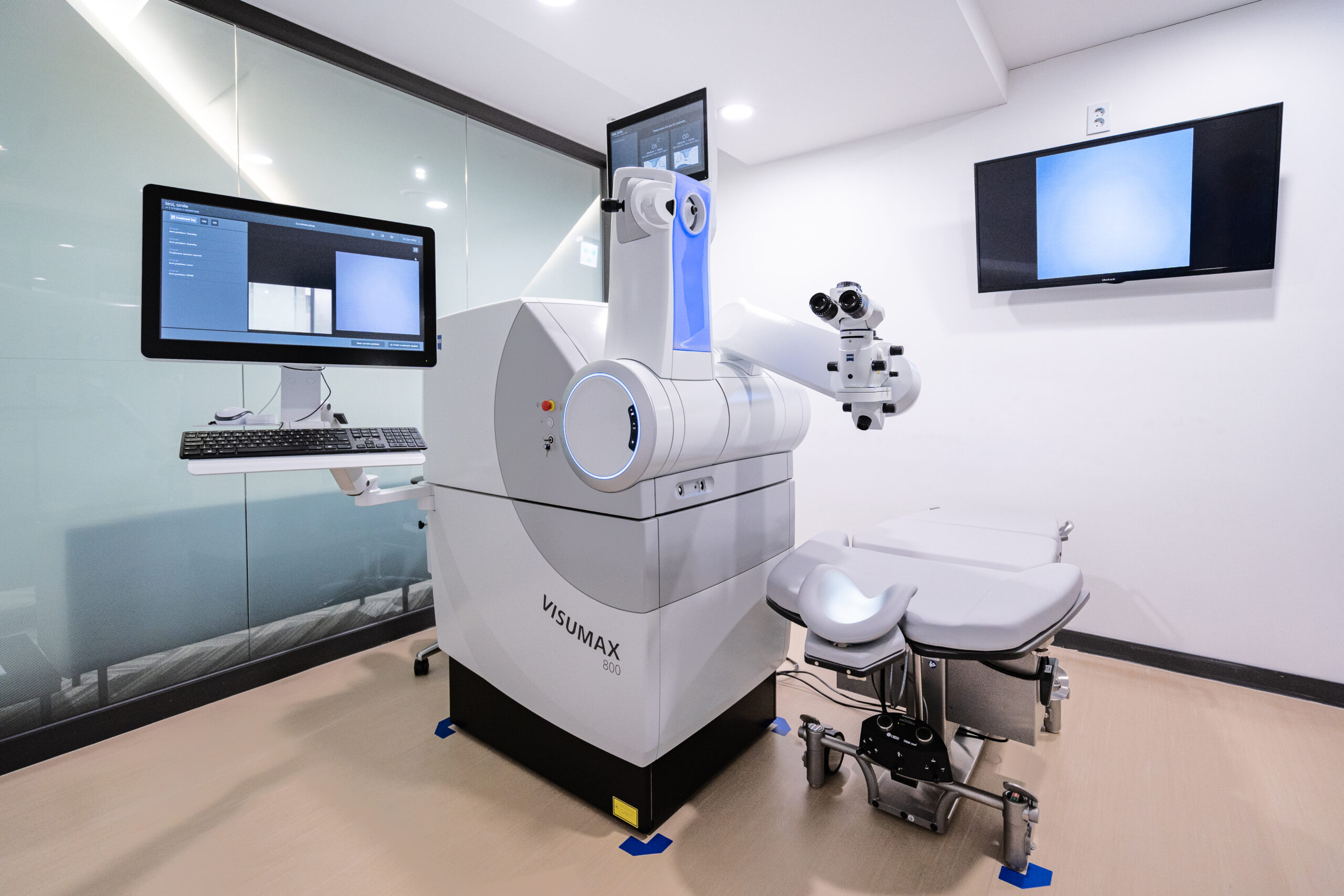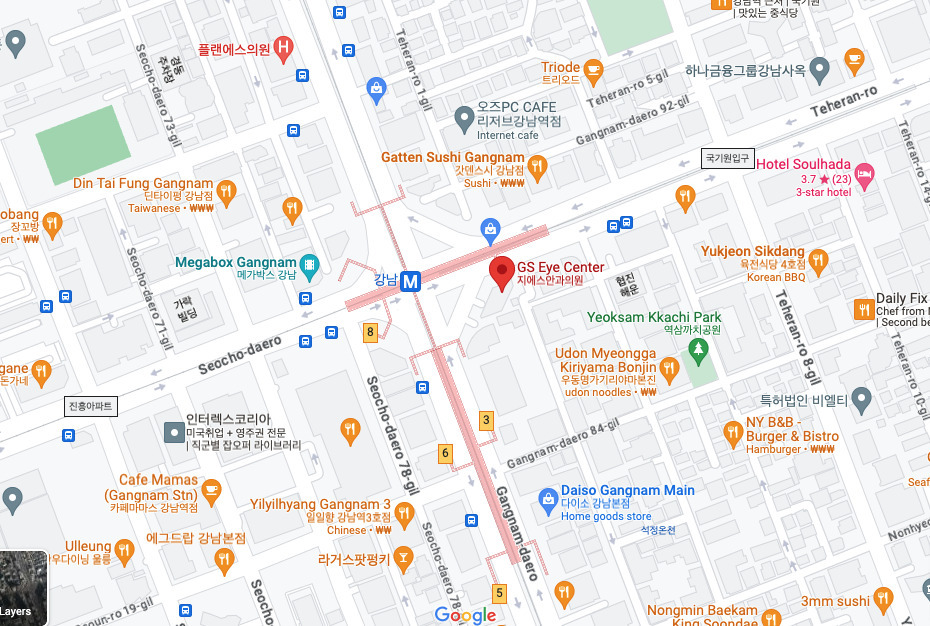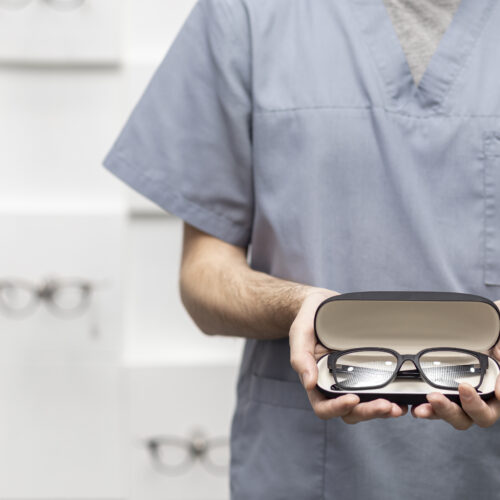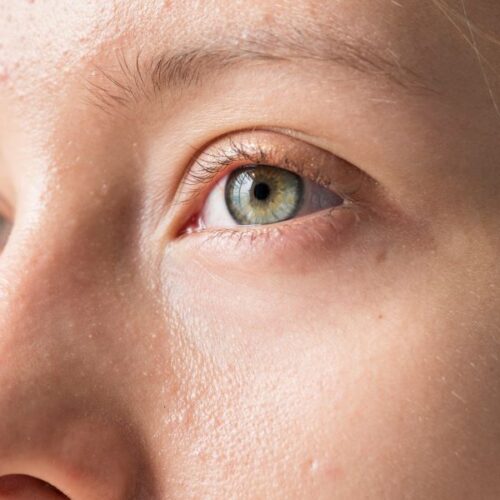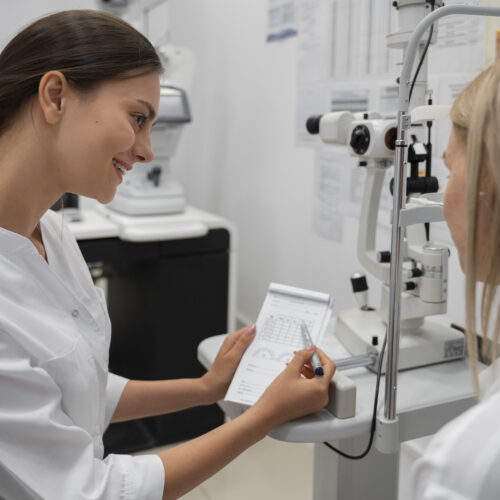In the ever-evolving field of eye correction, modern surgical procedures offer the promise of crystal-clear vision. Among the most well-known techniques are PRK and Smile Pro eye surgery, each with distinct characteristics. This blog delves into the transformative world of refractive surgery, with a special focus on Smile Pro eye surgery, a cutting-edge alternative to PRK.
Our aim is to demystify the complexities of PRK versus LASIK Smile Pro. We’ll compare Smile Pro eye surgery with PRK, exploring factors such as recovery time for Smile eye surgery and the duration of LASIK procedures. If you’re considering PRK versus LASIK, this guide will provide valuable insights into the latest advancements in eye care.
Table of Contents
What is Smile Pro Eye Surgery?
PRK vs LASIK: Understanding the Differences
What is Smile Pro Eye Surgery?
What is Smile Pro Eye Surgery?
Smile Pro, or Small Incision Lenticule Extraction, is an advanced procedure in the field of refractive eye surgery. It’s designed to correct myopia (nearsightedness) and astigmatism, addressing common vision issues. What sets Smile Pro apart is its innovative, minimally invasive approach.
The precision involved in Smile Pro eye surgery significantly reduces discomfort during and after the procedure. Recovery time is generally quicker than with other refractive surgeries. Additionally, the minimally invasive nature of Smile Pro may help lower the risk of dry eyes post-surgery.
Wondering how long LASIK eye surgery takes? Smile Pro typically requires less time than traditional LASIK. Now, let’s compare PRK and LASIK Smile Eye Surgery.
prk vs lasik : Understanding the Differences
PRK vs LASIK: Understanding the Differences
Source: Freepik
Understanding the key differences between PRK and LASIK Smile Pro is crucial when choosing a vision correction method. While both procedures effectively correct refractive errors, they differ in surgical techniques, outcomes, and recovery times.
Surgical Method
Smile Pro uses the advanced Zeiss Visumax-800 laser to create a small, lens-shaped lenticule within the cornea. This lenticule is then removed through a tiny incision, reshaping the cornea without the need for a corneal flap. The laser portion of the procedure is completed in less than 10 seconds. Unlike traditional methods like PRK, Smile Pro employs an innovative, minimally invasive approach.
Photorefractive Keratectomy (PRK), on the other hand, involves removing a thin surface layer of the cornea to reshape it and correct vision. Unlike LASIK, PRK does not require the creation of a corneal flap, focusing instead on directly modifying the corneal shape. Both PRK and Smile Pro address refractive errors using distinct surgical techniques.
Effects
Smile Pro’s minimally invasive nature offers a more comfortable surgical experience compared to PRK. Smile Pro is associated with a lower risk of postoperative dry eyes, making it an attractive option for those seeking a quicker recovery.
PRK, due to the removal of the corneal surface layer, can cause temporary discomfort during the healing process. Dry eyes are a common temporary side effect, which should be considered when deciding between PRK and LASIK Smile Pro.
Corneal Stability
Smile Pro preserves more corneal tissue, enhancing corneal stability post-surgery. This aspect can be especially beneficial for individuals with thinner corneas.
In contrast, PRK temporarily affects corneal stability due to the removal of a thin corneal layer. However, stability typically returns during the healing process.

Suitability for Thin Corneas
Smile Pro’s minimally invasive nature and tissue preservation make it a viable option for individuals with thinner corneas.
For those with exceptionally thin corneas, PRK may be less effective. A thorough eye examination by a professional is essential to determine the most suitable procedure.
GS Ophthalmology
GS Ophthalmology takes pride in its 19 years of proven experience in eye care in Korea. Among our doctor in Korea, renowned for their expertise in smile pro. Each of our doctors ensures optimal visual outcomes for every patient with excellence and precision.
GS Ophthalmology will be your first choice when searching for after surgery care facilities near me.
GS Ophthalmology Center
Directions 8,15,16F, Mizin Plaza, 390 Gangnam-daero, Gangnam-gu, Seoul, Korea

